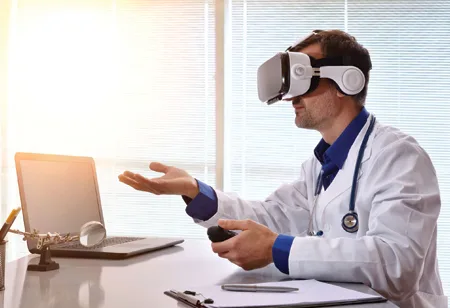A critical aspect of healthcare facility design is the implementation of enhanced entry points. Hospitals are increasingly adopting pre-screening protocols for all patients before admission.
The COVID-19 pandemic has tested the healthcare industry in unprecedented ways. Despite the challenges posed by material shortages, space constraints, and facility systems, healthcare workers have demonstrated remarkable resilience. The crisis has reshaped healthcare construction trends, emphasizing innovative solutions for the new normal. In this article, we'll explore the evolving landscape of healthcare construction in the post-pandemic era.
Points of Entry
A critical aspect of healthcare facility design is the implementation of enhanced entry points. Hospitals are increasingly adopting pre-screening protocols for all patients before admission. Some facilities employ technology-driven solutions at main entrances to automatically screen individuals. Security personnel or receptionists can identify visitors with elevated temperatures, allowing for early intervention. Turnstiles for access control are also becoming common. Additionally, the consideration of a Mass Casualty Incident (MCI) entrance at the emergency department (ED) is emerging. This third entrance, alongside the standard walk-in and ambulance entrances, aims to quickly triage and segregate patients, particularly those infected, into specialized MCI/COVID units.
Common Areas
Redesigning common areas, such as waiting rooms, is a response to the need for social distancing and increased space.

